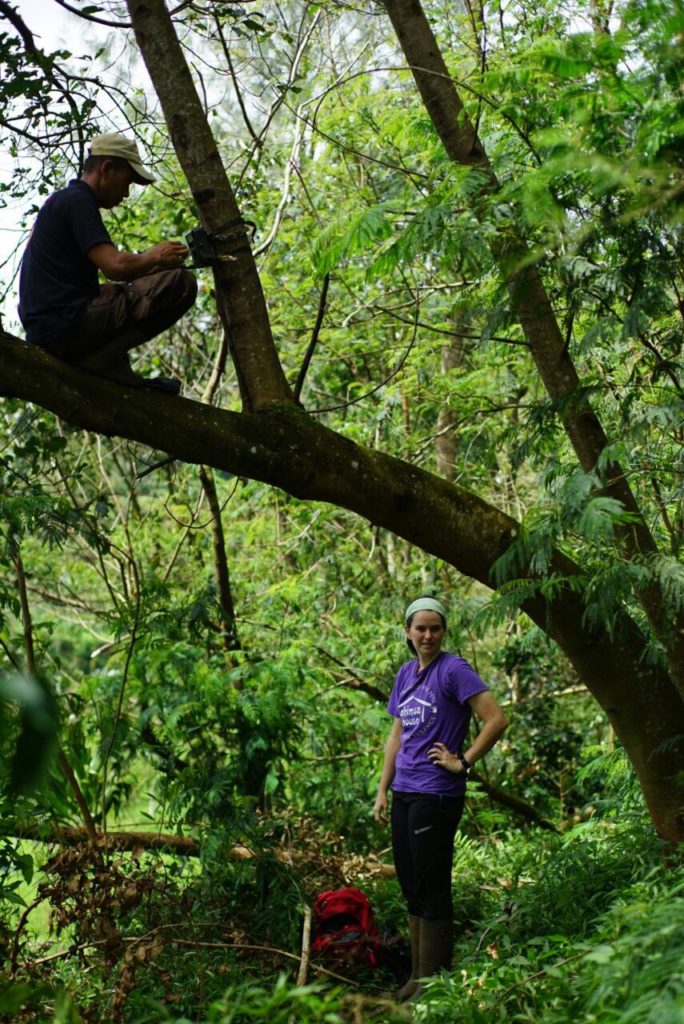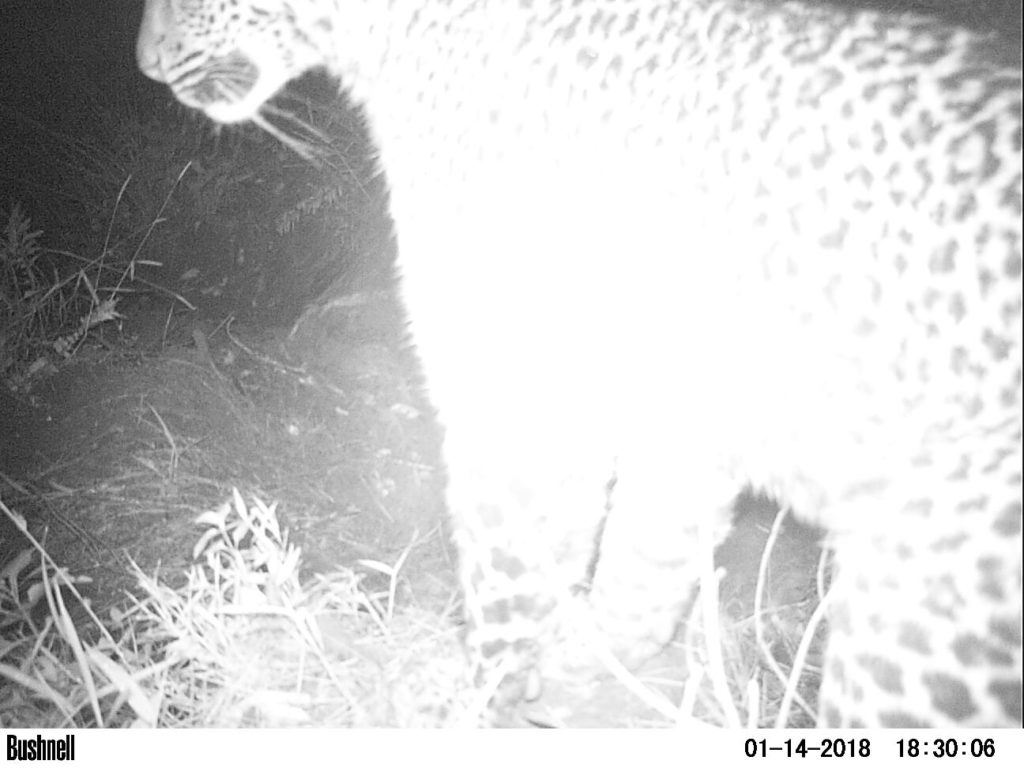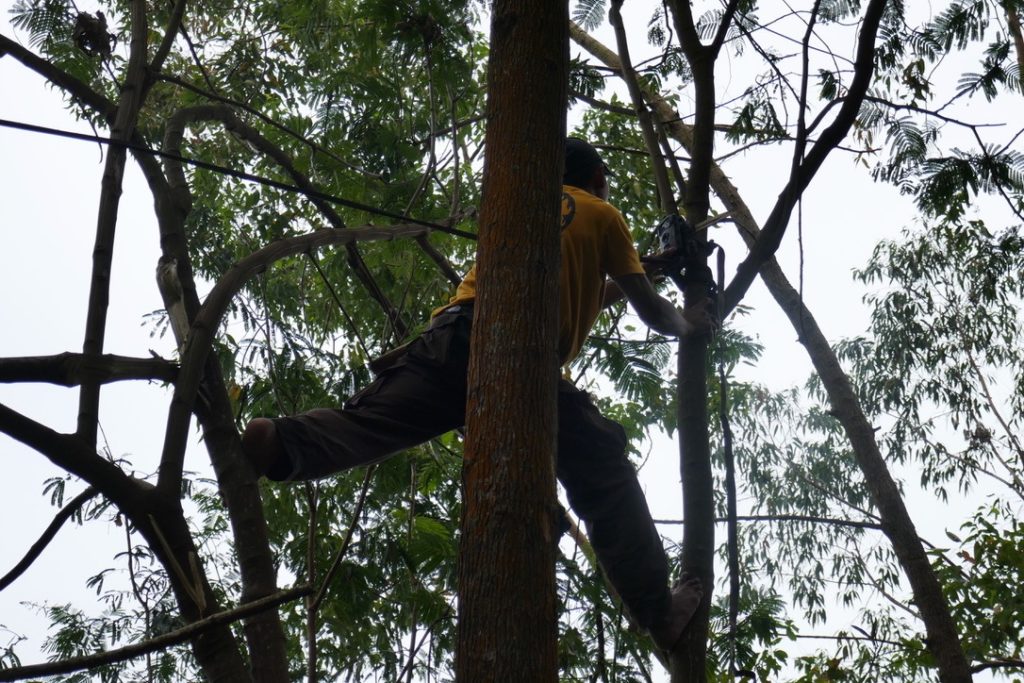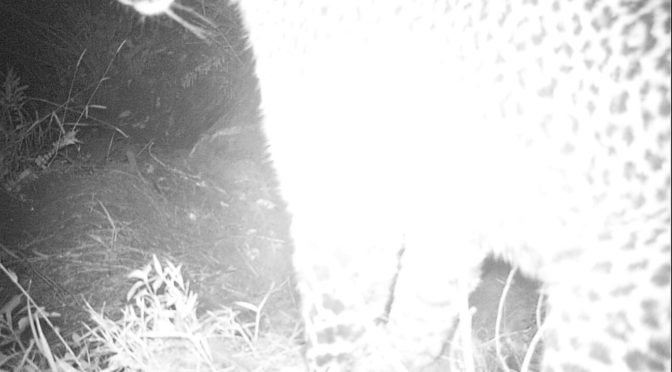Hi everyone, I am Helene the research coordinator and I would like to speak about the camera traps we have here. The aim of putting camera traps is to know the biodiversity and occupancy here of different animals. It is a very exciting challenge to find good places to put the camera traps.

Camera Trap Findings
Here we have camera traps on loris bridges, on the ground, and in the forest. So far, we have recorded 16 different species of animals, including nocturnal mammals, birds, reptiles, and diurnal mammals. I really like looking at camera traps photos because the animals are not shy the way they would be if we were watching them in person. To name a few amazing thing we have caught on camera: a male squirrel flirting with a female; two yellow-throated martins grooming together in the top of a tree; wild pigs having mud baths; a pregnant leopard cat crossing in front of the camera; an Asian palm civet taking a selfie; slow lorises crossing the waterline bridges we helped build for them; king fishers eating a fish; a civet eating coffee; a leaf monkey jumping through the canopy; and most exciting, a leopard in the forest!

Observing Wildlife
Tracker Adin is amazing at climbing trees, and places the cameras at the tops of them. For me this is a great way to respect wildlife while observing them. Camera traps give us a way to monitor animals without any disturbance to them. This is one my favorite parts of my job, but the wind is my enemy! So many photos are taken of branches and leaves blowing in the wind, triggering the camera.

My Goals!
I hope one day set up camera traps to find a binturong and a slow loris in the forest. This is my new challenge. HELENE BIROT

